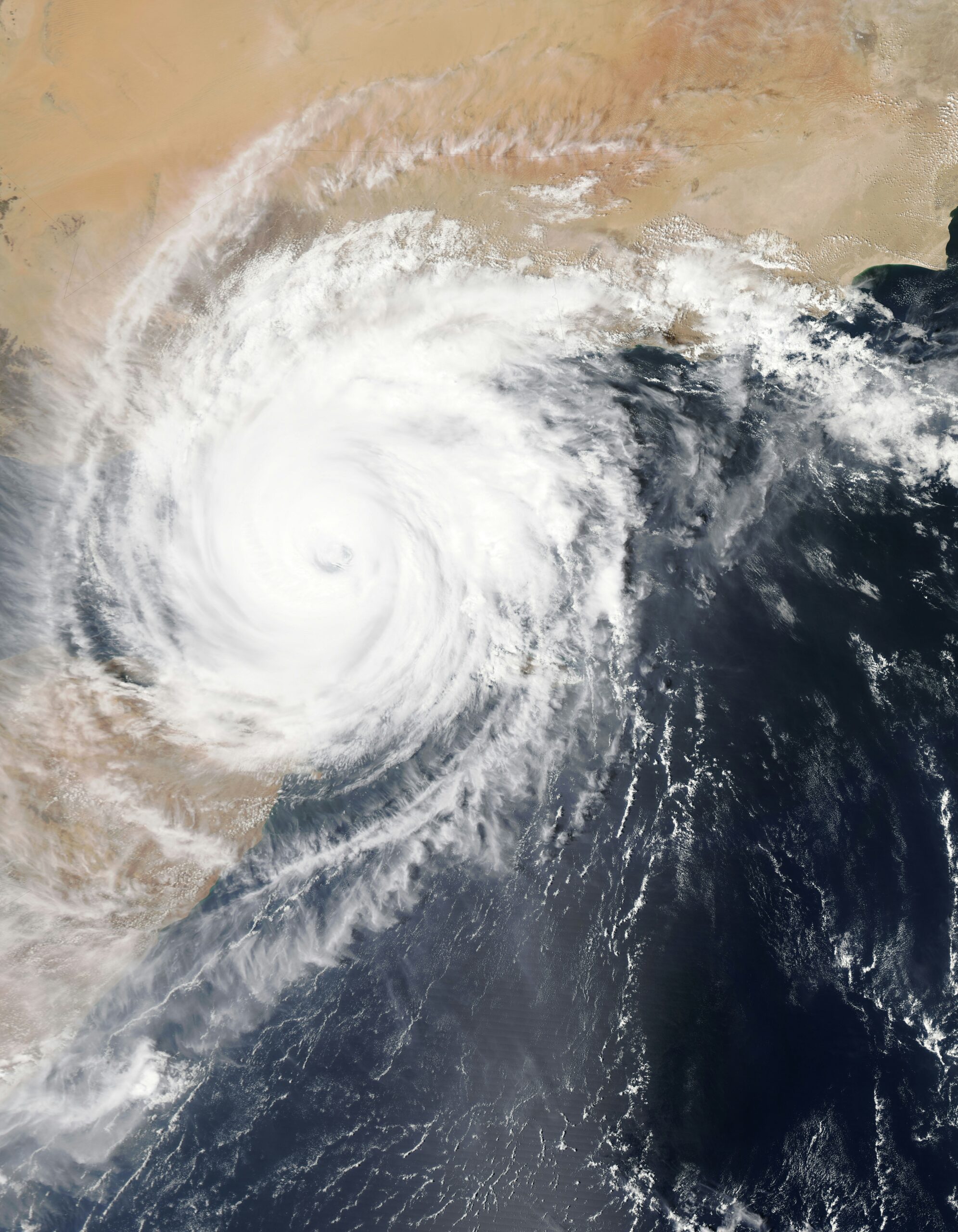Hurricane preparedness on Long Island is an essential practice, given the region’s vulnerability to severe storms, particularly during the Atlantic hurricane season, which runs from June through November. The island’s geographic location, stretching along the Atlantic Ocean, makes it susceptible to the impacts of hurricanes and tropical storms, with the potential for significant damage from high winds, storm surges, and flooding.

Understanding The Risks
Long Island’s exposure to hurricanes is influenced by several factors, including its coastal geography and dense population. The island’s proximity to the ocean means that even a glancing blow from a hurricane can result in significant storm surges, particularly along the South Shore, where communities like the Hamptons, Long Beach, and Fire Island are especially vulnerable. The island’s extensive network of rivers and streams increases the risk of inland flooding during heavy rainfall events.
The most severe hurricane to strike Long Island in recent history was Hurricane Sandy in 2012. Sandy caused widespread devastation, flooding entire neighborhoods, knocking out power for weeks, and leaving a lasting impact on infrastructure. This event highlighted the critical need for comprehensive hurricane preparedness and has led to increased efforts by local governments, emergency services, and residents to better prepare for future storms.
Essential Preparedness Steps
Create an emergency plan: One of the first steps in hurricane preparedness is to create a detailed emergency plan for your household. This plan should include a designated meeting place, contact information for family members, and an evacuation route if you need to leave your home. Familiarize yourself with local evacuation zones and routes, which are often marked by signs throughout Long Island. In addition, consider the specific needs of vulnerable household members, such as the elderly, children, and pets.
Assemble an emergency kit: An emergency kit is a crucial component of hurricane preparedness. This kit should include essential items such as non-perishable food, water, medications, flashlights, batteries, a first-aid kit, and important documents. It’s recommended to have enough supplies to last at least three days. Include items such as a portable phone charger, blankets, and cash, as ATMs and electronic payment systems may be down during a storm.

Secure your home: Preparing your home for a hurricane involves taking steps to minimize potential damage. This may include installing storm shutters or boarding up windows, securing loose outdoor items such as patio furniture, and trimming trees and shrubs to reduce the risk of branches breaking during high winds. For homes in flood-prone areas, consider elevating utilities such as electrical panels, and invest in a sump pump to prevent basement flooding. In some cases, it may be advisable to install a generator to maintain power during an outage.
Stay informed: Staying informed about an approaching hurricane is critical. Sign up for local emergency alerts and notifications, and keep a battery-powered radio on hand to receive updates if the power goes out. Pay attention to forecasts from reliable sources such as the National Hurricane Center and local meteorologists. Understanding the storm’s potential impact on your area can help you make informed decisions about whether to evacuate or shelter in place.
Evacuation preparation: In the event of a mandatory evacuation, it’s important to be prepared to leave your home quickly. Pack your emergency kit, important documents, and any necessary medications in advance. Know the location of your nearest evacuation shelter and have a plan for your pets, as not all shelters accept animals. If you have time, secure your home as much as possible before leaving, but prioritize your safety and the safety of your family.
Consider insurance and financial preparedness: Review your homeowner’s insurance policy to ensure it covers hurricane-related damage, including wind and flood damage. Many standard policies do not include flood insurance, which is particularly important on Long Island. Consider purchasing a flood insurance policy through the National Flood Insurance Program (NFIP) if you live in a flood-prone area. Take inventory of your home’s contents, including photos or videos of valuable items, to expedite insurance claims after the storm.
Long Island’s local governments and community organizations play a vital role in hurricane preparedness. Municipalities regularly update and practice their emergency response plans, including coordinating with state and federal agencies to ensure a swift response in the event of a disaster. Public outreach efforts, such as distributing preparedness guides, hosting community meetings, and running public service announcements, help raise awareness and educate residents on the importance of being prepared.
Community involvement is also key. Neighbors can help each other by sharing resources, checking on elderly or disabled residents, and assisting with securing homes before a storm. Volunteering with local organizations such as the American Red Cross or local disaster response teams can also be a way to contribute to the community’s overall preparedness and resilience.
Hurricane preparedness on Long Island requires a comprehensive approach that involves individual households, community efforts, and government coordination. By understanding the risks, creating an emergency plan, securing your home, and staying informed, residents can reduce the potential impact of a hurricane and ensure the safety and well-being of their families and communities. The lessons learned from past storms like Hurricane Sandy underscore the importance of being proactive and prepared for the next major storm.





